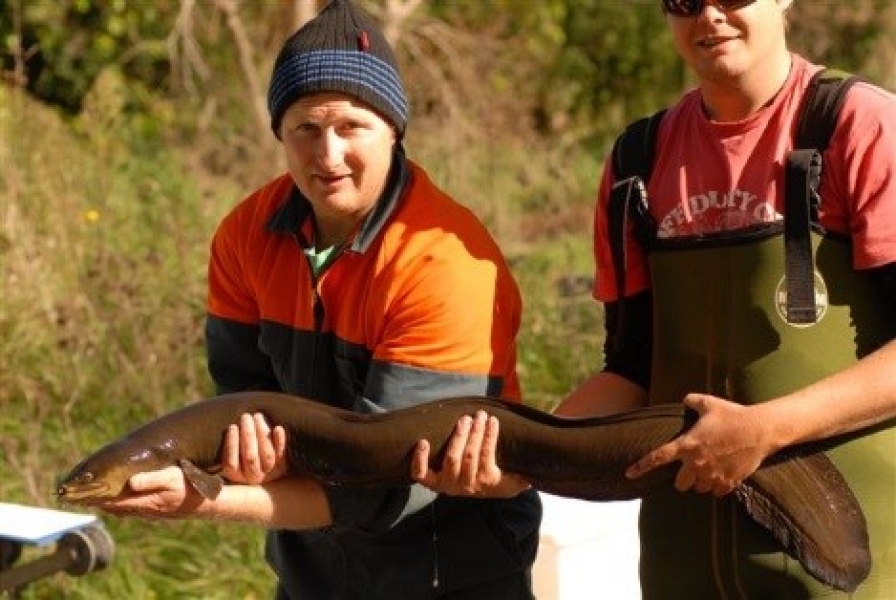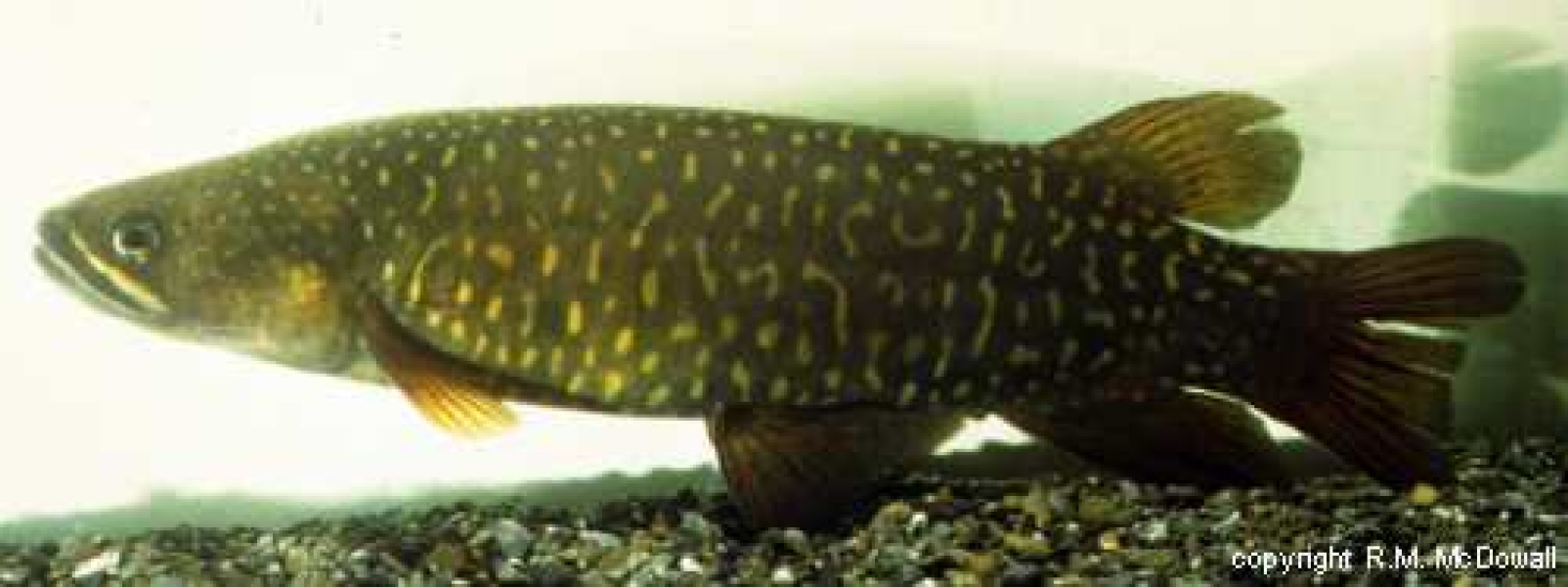15 August 2013
Many of New Zealand's rivers, lakes and estuaries are in a degraded state, restricting their ecosystems and the services they provide for society - abundant fish, desirable places for recreation, safe drinking water for humans and livestock.
The Ensuring ecosystem health programme aims to support rehabilitation of degraded freshwater and estuarine ecosystems.
The programme provides tools to:
- set achievable goals and timelines;
- facilitate co-management;
- reduce stressors below identified restoration thresholds;
- overcome habitat and connectivity bottlenecks for taonga and keystone species;
- manage legacy effects and eutrophic systems.
In the last year a number of web tools and publications have been produced to achieve these goals, they include:
- The Tuna [freshwater eel] information resource
- A web guide to restoring freshwater native fish in streams
- Demonstrating the use of models to predict the effects on a wide range of stakeholder-identified catchment values e.g., farm jobs, regional GDP, groundwater drinking safety, riverine salmon fisheries, avifauna and swimming suitability of options for irrigation-driven land use intensification, with and without a suite of mitigations. See the paper: A Bayesian Belief Network approach to evaluating complex effects of irrigation-driven agricultural intensification scenarios on future aquatic environmental and economic values in a New Zealand catchment
- Our programme collaborators at Cawthron developed standard protocols for measuring and interpreting ecosystem metabolism in rivers and for mapping trout habitat in streams.
- A review was published in environmental management. The article is about the dispersal constraints for stream invertebrates and how this influences the timescale of restoring a streams biodiversity after physical and chemical habitat quality has been restored. This will support planning, and sequencing the spatial arrangement of restoration efforts to maximise the biodiversity outcomes.
- Developing willow management guidelines. In the first phase of our research, our programme collaborators at Cawthron reviewed the literature on factors influencing the services and disservices provided by willows and the potential impacts of various, currently applied management and removal methods on different stream contexts.
- A monitoring study of five dairy catchments and their streams showed that increased fencing of streams to keep cattle out, and greater use of effluent irrigation, markedly improved water quality. Monitoring periods of at least 10 years are necessary to detect such changes
- Contributing to the Landcare Research led wetland restoration handbook


